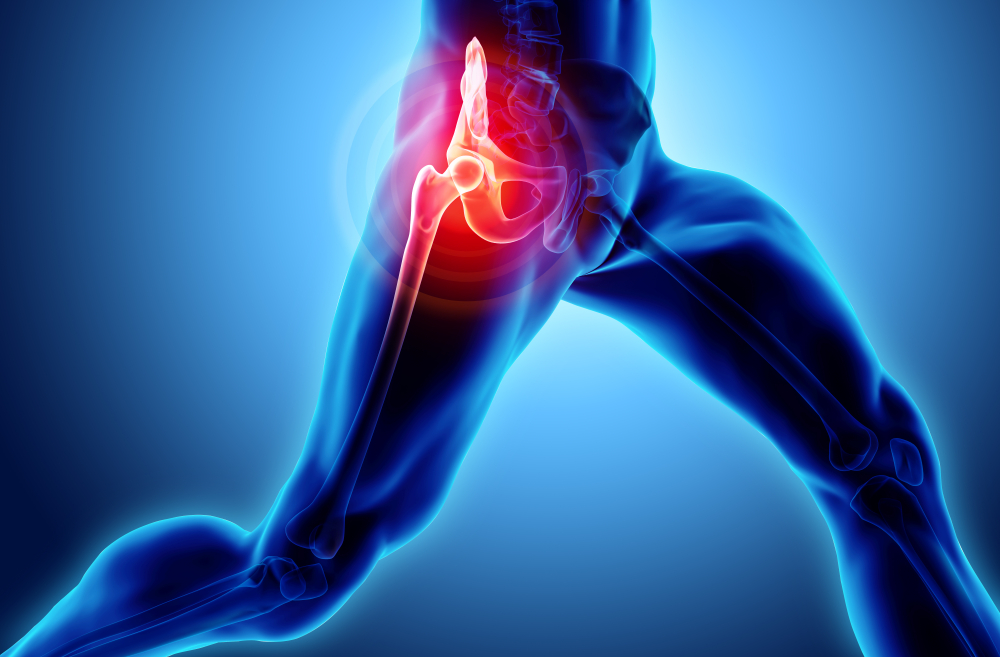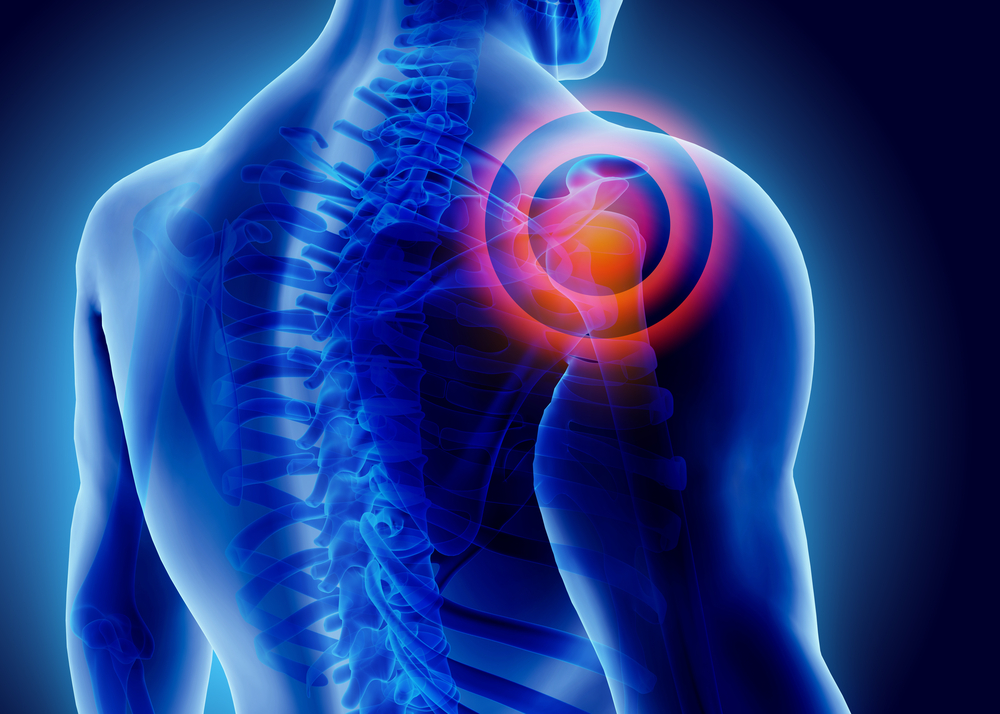Cadmium, a highly persistent heavy metal, has been categorized as a probable human carcinogen by the U.S. Environmental Protection Agency. Primary exposure sources include food and tobacco smoke. We carried out a population-based case–control study of 246 women, aged 20–69 years, with breast cancer and 254 age-matched control subjects. We measured cadmium levels in urine samples by inductively coupled plasma mass spectrometry and conducted interviews by telephone to obtain information on known breast cancer risk factors. Odds ratios (ORs) and 95% confidence intervals (CIs) for breast cancer by creatinine-adjusted cadmium levels were calculated by multivariable analysis. Statistical tests were two-sided. Women in the highest quartile of creatinine-adjusted cadmium level ( 0.58 µg/g) had twice the breast cancer risk of those in the lowest quartile (<0.26 µg/g; OR = 2.29, 95% CI = 1.3 to 4.2) after adjustment for established risk factors, and there was a statistically significant increase in risk with increasing cadmium level (P trend = .01). Based on this study, the absolute risk difference is 45 (95% CI = 0 to 77) per 100 000 given an overall breast cancer rate of 124 per 100 000. Whether increased cadmium is a causal factor for breast cancer or reflects the effects of results or disease remains to be determined.
0.58 µg/g) had twice the breast cancer risk of those in the lowest quartile (<0.26 µg/g; OR = 2.29, 95% CI = 1.3 to 4.2) after adjustment for established risk factors, and there was a statistically significant increase in risk with increasing cadmium level (P trend = .01). Based on this study, the absolute risk difference is 45 (95% CI = 0 to 77) per 100 000 given an overall breast cancer rate of 124 per 100 000. Whether increased cadmium is a causal factor for breast cancer or reflects the effects of results or disease remains to be determined.


